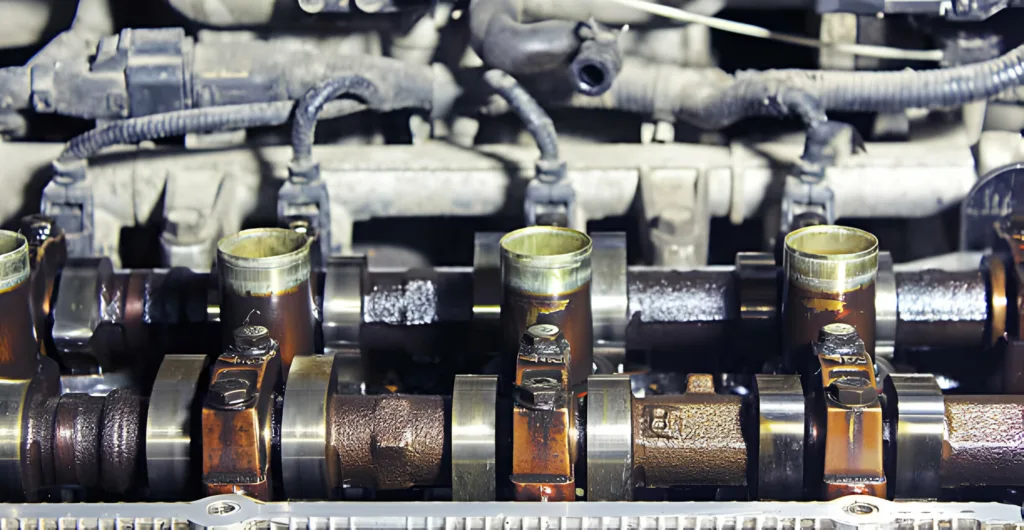
Motorcycles come in all shapes and sizes, so there’s something to suit your riding style. Just like motorcycles, their engines can have different capacities and configurations. The higher the displacement of the motorcycle, the more cylinders it requires for better operation. Although most motorcycles are powered by a single-cylinder engine, they can also have engines with up to four cylinders. But in India, single-cylinder engines are the most popular and account for over 90% of all motorcycles on the road. After two-cylinder engines, three-cylinder and four-cylinder engines are rare. Since single-cylinder and twin-cylinder engines are the most common, let’s understand what these engines actually are and what their advantages and disadvantages are.
Single and Twin Cylinder Engines – Learn the basics
The difference between the two engines is the number of cylinders. Since the twin bike has one more cylinder, there is one more piston and everything that goes into it. Because of all these extra parts, the cylinder head is more difficult and often more expensive to manufacture. Also, although this is not a general rule, low-speed bikes usually use a single-cylinder engine, while larger machines use a twin-cylinder engine.
Single cylinder engines are easy to build and have many advantages. However, the piston and other components are heavy for their size compared to their cubic capacity. Additionally, when the piston moves inside the cylinder, it creates a force that is often unbalanced and can cause vibration if left uncontrolled. Good motorcycle manufacturers can eliminate this defect by using heavy-duty products. These weights, or additional weights used to prevent engine misalignment, are usually located at the end of the connecting rod that connects to the piston. Logs with this index are called parallel logs. Another way to eliminate vibration in a single-cylinder engine is to use rubber mounts where the engine is bolted to the frame, but this method does not appear to add counterweight. Rubber mounts absorb most of the vibration emitted by the engine and reduce the vibration felt by the driver, but they cannot eliminate the vibration of its parts like a fire truck’s electrics.
On the other hand, the twin-cylinder engine is equally good. Twin-cylinder engines are available in various configurations such as racing twin, V-twin, L-twin or boxer twin. In addition to the engine layout, there is also a shooting range that can vary from 90 degrees to 360 degrees. Twin-cylinder engines have better balance than single-cylinder engines, and some configurations, such as the twin-cylinder engine, also known as a twin-cylinder engine, are balanced mainly because there is no conflict to present themselves. This makes a twin-cylinder engine more efficient and free-riding than a single-cylinder engine.
On the other hand, when single-cylinder engines do not have the highest rpm, their long stroke and heavy power force them to produce good torque and be at the higher end of the rpm spectrum. . The same goes for the low end, making them very usable and tractable at low and mid revs.
A single-cylinder engine produces more power in the lower rev range, while a twin-cylinder engine produces more power in the rev range but the torque delivered at the bottom end is compromised. This makes single-cylinder bikes suitable for use as ADVs, dirt bikes, bicycles, and any applications that require more power and speed at low rpm. On the other hand, a twin-cylinder engine is better for racing, where lighter parts must use more power to lift the load and start moving but ultimately provide better performance in competition.
Both single and twin engines can be modified to suit their specifications, but most of the two types are linear and user-friendly in terms of electrical transmission. Single-cylinder engines are more powerful at low to medium revs, while twin-cylinder engines are more efficient at mid to high revs.
Two-cylinder and twin-cylinder engines have their own advantages and quirks that are characteristic of the power of the motorcycle. To choose the right engine configuration, it is important to understand the motorcycle’s usage data and needs. For urban use, or even city and highway use, a high-performance roller would be the best choice, especially on a limited budget. If you are willing to spend more money, a bike using a twin-cylinder engine will be better in terms of good performance.

